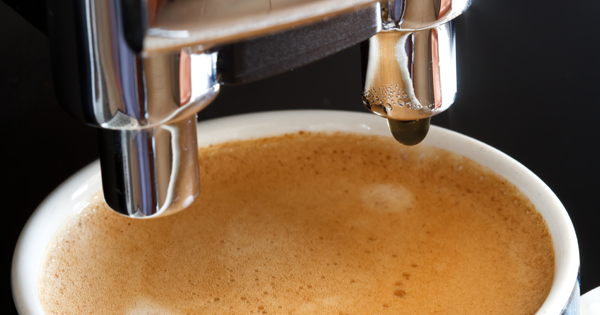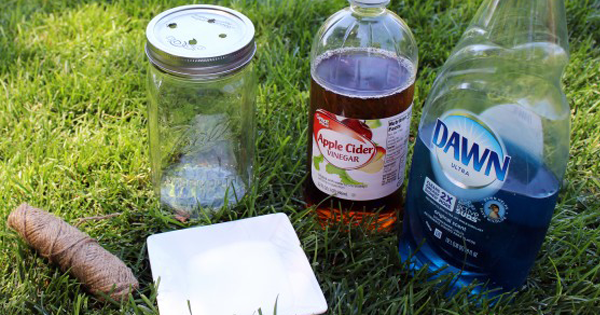Advertisement
It’s common to grab a cup of coffee when you get into the office.
But when was the last time that coffee machine was cleaned?
In a recent small research project, ten office Nespresso machines were analyzed for bacteria.
Anywhere from 35 to 67 different types of bacteria were found in each one.
Most of the bacteria was localized in the drip tray below the coffee pods.
This means your coffee is probably safe, but it doesn’t mean the machine isn’t gross.
“The tray containing the wasted capsules should be cleaned with water and soap, or a few drops of bleach, noted Manuel Porcar, head of the study, in an interview with Co.Design.
There were similar bacteria found on each machine. Nine out of ten machines contained Enteroccus and Pseudomonas, which means that the machines were probably the cause of the bacteria, rather than the users.
Several machines also contained Stenotrophomonas, Sphingobacterium, Acinetobacter, and several others.
Some of these aren’t a problem. For example, healthy people can carry pseudomonas without realizing it.
However, bacteria like Enterococcus can be dangerous if it’s found in places other than naturally in the intestine.
Thankfully, as mentioned, the coffee from the machine is likely still safe. But if you want to make sure you’re not putting yourself at risk, try some of these tips for keeping your coffeemaker clean:
- Clean the machine regularly
- Wipe it down daily.
- Clean with vinegar to sanitize surfaces.
- Change the water every time.
- Leave the lid open so the machine airs out.
- Use filter water, not tap water.
Manuel mentioned that these machines can be hard to clean, since they often have square trays. These have corners that can be difficult to clean, and can be the first places that bacteria grow.
However, it’s worth cleaning in order to avoid harmful bacteria.




